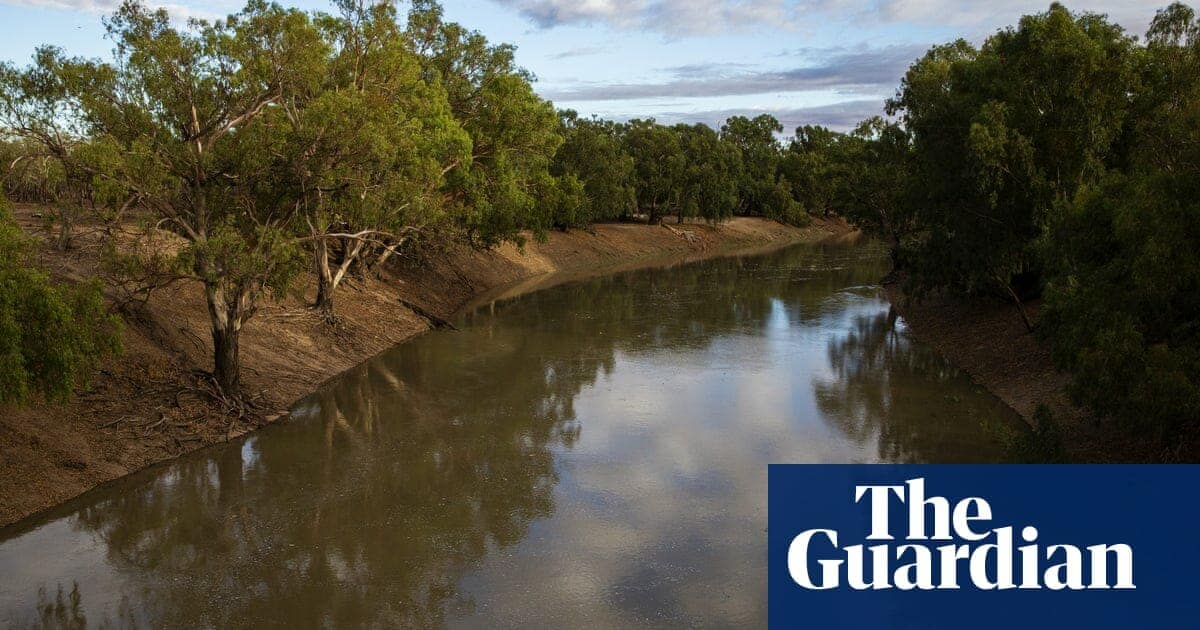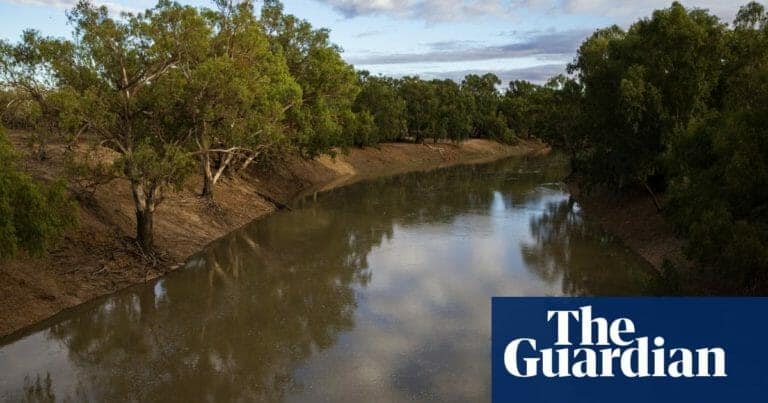The Darling river in Louth, New South Wales. The amount of Australian water lost through theft is particularly relevant as governments grapple with the next stage of the Murray-Darling Basin plan. Photograph: Jenny Evans/Getty Images
As water scarcity increases from factors including climate change, so do drivers of water theft, an ongoing problem in Australia
Between 30% and 50% of the world’s water supply is stolen each year, mainly by agricultural interests and farmers, yet the crime itself is not well understood, a new international study led by the University of Adelaide says.
The lead author, Dr Adam Loch, from the university’s Centre for Global Food and Resources, said there was a lack of data around water theft partly because those stealing the resource were often poor, vulnerable and at-risk in developing countries.
“But theft also occurs in the developed world, especially in agricultural settings,” he said.
“According to Interpol, thieves steal as much as 30% to 50% of the world’s water supply annually – a big number. Compounding this problem is the fact that, as the scarcity of our most precious resource increases due to climate and other challenges, so too do the drivers for water theft.”
In a paper published in Nature Sustainability, the researchers developed a framework and model which they applied to three case studies: cotton growing in Australia, marijuana cropping in the US and strawberry growing in Spain.
Loch said the study found the drivers of water theft included social attitudes, institutions and future supply uncertainty. The framework and […]
Full article: Up to half of world’s water supply stolen annually, study finds



